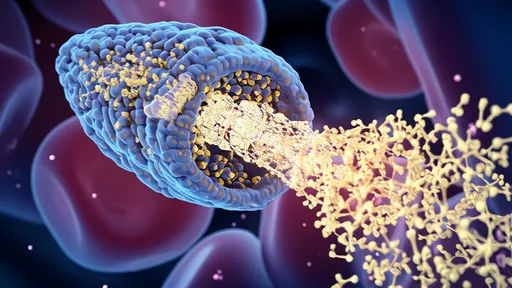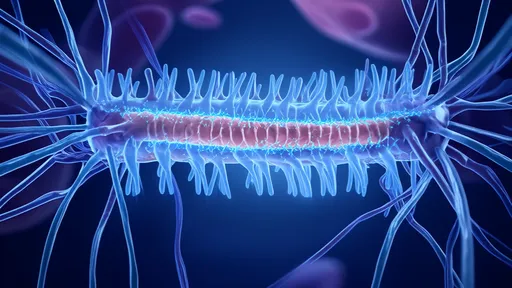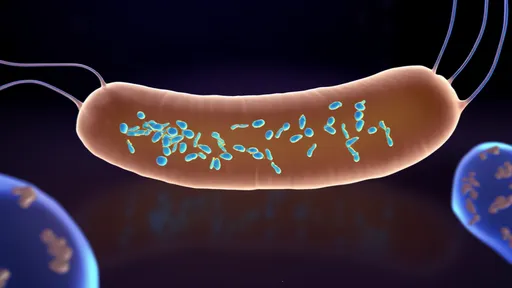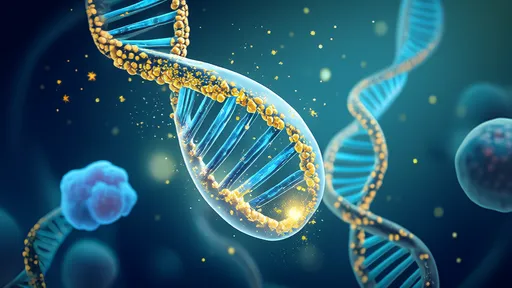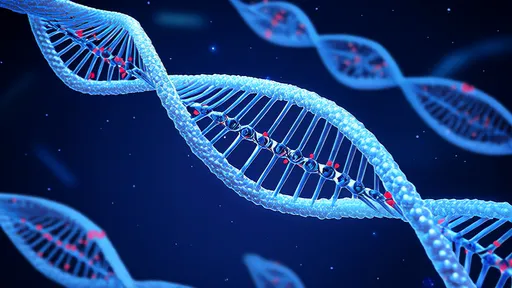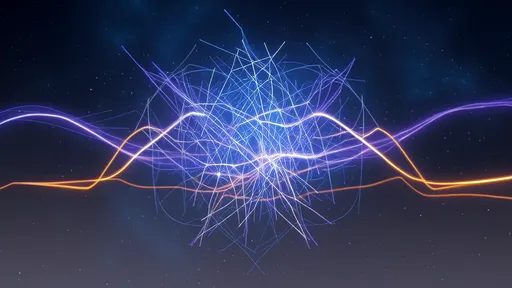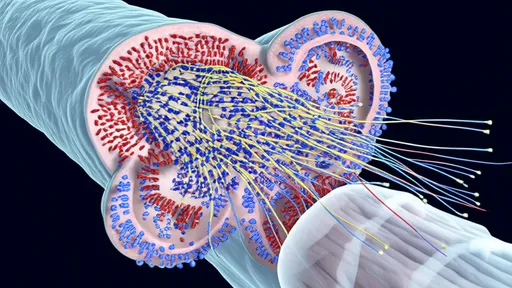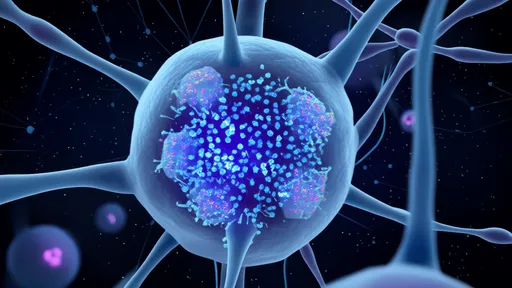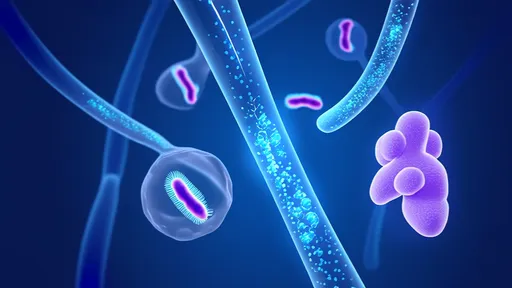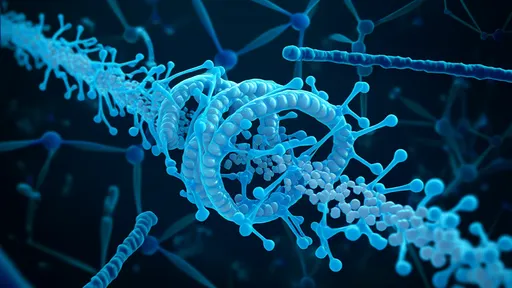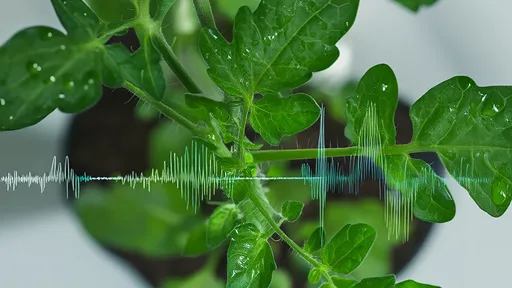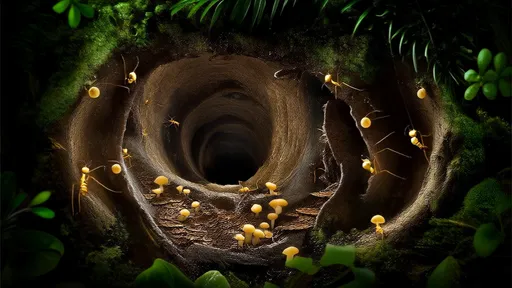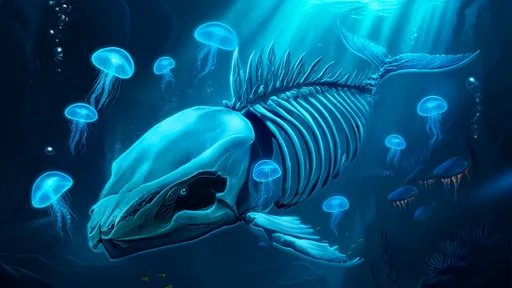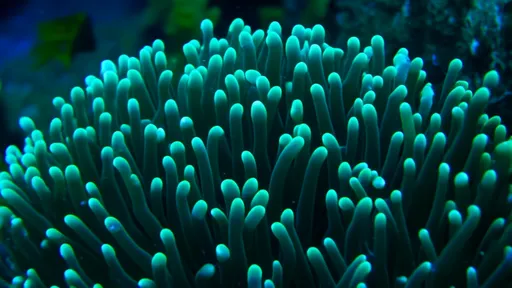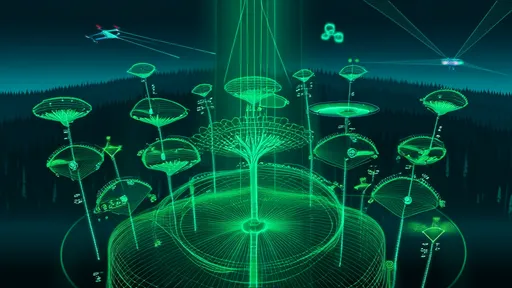In a groundbreaking discovery that could revolutionize our approach to plastic waste, scientists have identified a surprising ally in the fight against polyethylene pollution: the humble wax worm. More specifically, the bacteria residing in the gut of these caterpillar-like creatures have demonstrated an extraordinary ability to break down one of the world's most stubborn plastics. This finding opens new avenues for tackling the global plastic crisis through biological means.
The Plastic Problem and a Wormy Solution
Polyethylene, the most common plastic used in packaging and shopping bags, takes centuries to decompose naturally. Its resilience has turned it into an environmental nightmare, clogging landfills and oceans alike. Traditional recycling methods are energy-intensive and often ineffective for contaminated or mixed plastics. Against this backdrop, the discovery of wax worms' plastic-digesting capabilities offers a glimmer of hope.
Researchers first noticed this phenomenon when wax worms kept in plastic bags managed to chew through the material at an unexpected rate. Further investigation revealed that the worms weren't just physically breaking the plastic - their gut bacteria were chemically degrading the polyethylene. This biological process could potentially be harnessed for large-scale plastic waste management.
The Science Behind the Breakdown
At the molecular level, the bacteria appear to break the long carbon chains of polyethylene through oxidation. Enzymes produced by the microorganisms target the plastic's chemical bonds, transforming it into simpler compounds that can be metabolized. What makes this discovery particularly exciting is that the degradation occurs relatively quickly compared to natural decomposition processes.
Laboratory experiments have shown that the bacterial consortium from wax worm guts can degrade polyethylene films significantly within weeks rather than centuries. The process works at room temperature and doesn't require the extreme heat or pressure typically needed for industrial plastic recycling. This suggests the potential for developing low-energy, environmentally friendly plastic waste solutions.
From Laboratory to Real-World Applications
While the laboratory results are promising, scaling up this biological process presents significant challenges. Researchers are working to identify the most effective bacterial strains and optimize their plastic-degrading capabilities. One approach involves isolating the specific enzymes responsible for breaking down polyethylene and potentially engineering them to work even more efficiently.
Another avenue of exploration focuses on creating industrial-scale bioreactors where plastic waste could be treated with these bacteria or their enzymes. Such facilities could complement existing recycling infrastructure, particularly for plastics that are currently considered non-recyclable. The byproducts of this biodegradation process might even be harnessed as raw materials for new products, creating a circular economy for plastics.
Environmental Implications and Future Prospects
The potential environmental benefits of this discovery are immense. If successfully developed, biological plastic degradation could significantly reduce the amount of plastic accumulating in ecosystems. It might also decrease our reliance on fossil fuels for producing new plastics, as more existing material could be effectively recycled or broken down.
However, scientists caution that this isn't a silver bullet solution. Even if perfected, biological degradation would need to be part of a comprehensive strategy that includes reducing plastic production, improving traditional recycling, and changing consumption patterns. There are also concerns about ensuring the process doesn't produce harmful byproducts or lead to unintended ecological consequences if the bacteria were released into the environment.
As research progresses, the wax worm's gut bacteria join a growing list of natural organisms showing promise in addressing human-made environmental challenges. From fungi that break down oil spills to bacteria that consume electronic waste, nature continues to provide surprising solutions to problems created by modern civilization. The plastic-eating bacteria represent not just a scientific breakthrough, but a reminder of nature's remarkable adaptability and resilience.
For decades, the blood-brain barrier (BBB) has stood as a formidable gatekeeper, selectively shielding the brain from harmful substances while frustrating efforts to deliver life-saving therapeutics. This biological fortress, while essential for protecting our most vital organ, has rendered many promising treatments for neurological disorders ineffective. Now, a groundbreaking approach combining protein engineering and artificial intelligence is cracking the code to safe BBB penetration, potentially revolutionizing treatment for Alzheimer's, Parkinson's, and brain cancers.
In a groundbreaking development that could revolutionize the treatment of spinal cord injuries, researchers have successfully engineered hydrogel-based optical fibers capable of mimicking neural pathways. These "neural optical fibers" represent a fusion of advanced materials science and neurobiology, offering new hope for patients with previously untreatable damage to their central nervous system.
In a groundbreaking discovery that could revolutionize our approach to plastic waste, scientists have identified a surprising ally in the fight against polyethylene pollution: the humble wax worm. More specifically, the bacteria residing in the gut of these caterpillar-like creatures have demonstrated an extraordinary ability to break down one of the world's most stubborn plastics. This finding opens new avenues for tackling the global plastic crisis through biological means.
In a groundbreaking development that challenges our understanding of aging, scientists have demonstrated the potential to reverse cellular aging through a technique called transient reprogramming. This approach temporarily rewinds the epigenetic "clock" of cells without erasing their identity, opening new possibilities for regenerative medicine and age-related disease treatment.
In a groundbreaking leap for precision medicine, researchers have unveiled a light-controlled CRISPR delivery system using DNA-origami "nanodrones" – a fusion of nanotechnology and gene editing that promises unprecedented control over therapeutic targeting. This innovation, emerging from a collaboration between bioengineers and geneticists, reimagines drug delivery by combining the programmability of DNA nanostructures with the spatial precision of optogenetics.
In a groundbreaking study that could reshape our understanding of consciousness, neuroscientists have identified the thalamic reticular nucleus (TRN) as a potential "rhythmic switch" governing wakefulness through gamma wave modulation. This almond-shaped inhibitory structure, often described as the brain's gatekeeper, appears to orchestrate states of awareness by tuning neural oscillations like a conductor leading a symphony of consciousness.
For decades, chronic pain has remained one of medicine's most elusive challenges – a complex interplay of biological, psychological, and social factors that often defies conventional treatment. Now, groundbreaking research into the spinal cord's neural "fingerprints" of pain is revolutionizing our understanding of how persistent pain becomes etched into the nervous system. Scientists are mapping specialized neural circuits that appear to encode chronic pain with remarkable specificity, opening new avenues for targeted therapies.
In a groundbreaking discovery that reshapes our understanding of brain metabolism, researchers have identified glial cells as the unsung architects of neuronal energy distribution. The study reveals how these long-overlooked support cells orchestrate the precise mitochondrial allocation to neurons, challenging the neuron-centric dogma of neuroscience. This paradigm shift underscores glial cells' role as metabolic conductors in the symphony of brain function.
Scientists have uncovered a startling new pathway by which gut microbes communicate with the brain at lightning speed. Dubbed the "10-second gut-brain superhighway," this discovery centers on the vagus nerve's ability to transmit microbial signals faster than previously thought possible. The findings could revolutionize our understanding of conditions ranging from depression to irritable bowel syndrome.
In a groundbreaking discovery that bridges molecular biology and neuroscience, researchers have uncovered how the CPEB protein acts as a "molecular glue" to solidify long-term memories through an elegant phase transition mechanism. This finding not only revolutionizes our understanding of memory persistence but also reveals nature's ingenious solution to maintaining information at the molecular level.
In a groundbreaking discovery that blurs the line between botany and acoustics, researchers have uncovered evidence of tomatoes employing ultrasonic warfare against herbivorous insects. The study, published in Nature Plants, reveals how tomato plants emit high-frequency sounds when under attack - not as passive victims, but as active participants in their own defense.
In the dense rainforests of Central and South America, leafcutter ants have perfected an architectural marvel that puts human climate control systems to shame. These tiny engineers construct elaborate underground nests spanning hundreds of square feet, maintaining near-perfect temperature and humidity levels year-round – without using a single watt of electricity. As architects and engineers grapple with the urgent need to reduce building emissions, these insect-built structures offer profound lessons in passive climate regulation.
The depths of the ocean hold secrets that continue to astonish scientists, and among the most enigmatic phenomena is the "whale fall"—the carcass of a deceased whale sinking to the seabed. These massive organic deposits create transient ecosystems, supporting diverse marine life for decades. But beyond the visible scavengers and bone-eating worms, a hidden microbial world thrives, and within it, something extraordinary has been discovered: colossal bacteriophages, viruses that prey on bacteria, with genomes so large they defy conventional understanding.
In a groundbreaking discovery that could revolutionize coral reef monitoring, scientists have identified a natural early warning system for coral bleaching events. Certain coral species exhibit vivid fluorescent patterns when under thermal stress, acting as biological "sentry lights" that signal the onset of bleaching before visible damage occurs. This phenomenon, observed in reef-building corals across the Indo-Pacific, represents nature's own climate change alert system.
In a groundbreaking development for ecological research and climate science, researchers have harnessed advanced LiDAR technology to map the photosynthetic efficiency of trees across vast forested areas. Dubbed the "carbon pulse" of forests, this innovative approach provides unprecedented insights into how trees absorb and process carbon dioxide at an ecosystem scale. The implications for understanding carbon sequestration, forest health monitoring, and climate change mitigation strategies are profound.
